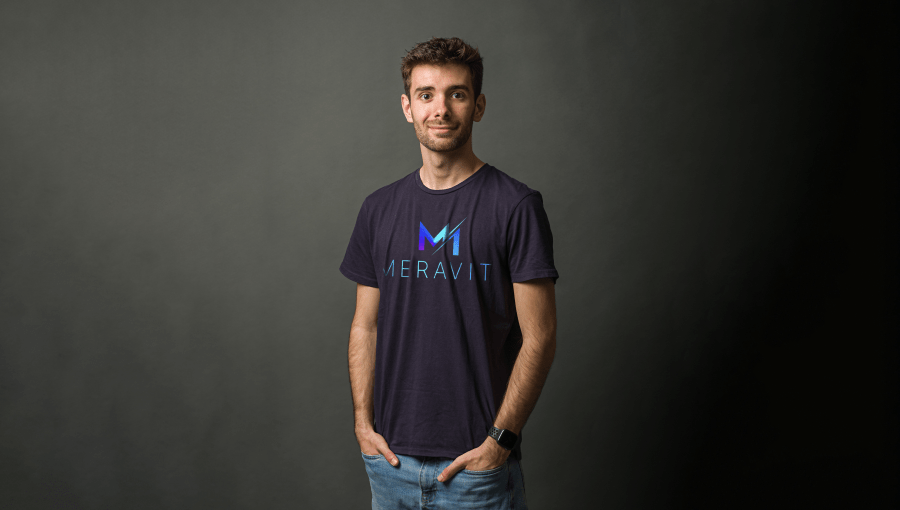Monetizing the Startup: Federico Giordani Discusses Venture Capital
On November 18, Business Professor Silvia Pulino welcomed alumnus Federico Giordani, Investment Analyst at Archangel AdVenture, for a talk called “Monetizing the Startup: The Financial Component.” Archangel AdVenture is a Venture Capital Fund based in Rome which focuses on early-stage investments in the fields of A.I. and extended reality. The talk was held in Professor Pulino’s Introduction to Entrepreneurship course, which examines the entrepreneurial process, from recognizing opportunity to planning, organizing and growing a new venture.

Federico Giordani
Giordani explained that specialized investment usually takes place in funding rounds from “Pre-seed,” “Seed,” “Round A” or “Round B,” and so on, throughout the stages of a start-up’s development. In Giordani’s experience, the Pre-seed stage rarely sees much investment beyond “Family, Friends, and Fools,” therefore early-stage venture capitals often invest in the Seed stage. Each stage presents a different risk, for instance, the Pre-seed or Seed stages must be evaluated for potential and for the idea, whereas later stages such as Round B or later should be evaluated for cash flow, product attraction, or other financial metrics.
What is important to keep in mind, is that venture capitals typically stick to investing within their specialization or investment mandate, a set of instructions that an investor gives to a fund manager. In the case of Archangel AdVenture, for example, it would be highly unlikely that they would invest in a start-up that has nothing to do with artificial intelligence or extended reality technologies. However, what is perhaps more important is the pitch. According to Giordani, the pitch is “your business card to the world of venture capital” and should consist of four central slides: Problem & Solution, Market & Competition, Technology & Business Model, Team & Fundraising.
Giving a brief pitch tutorial of his own, Giordani explained that the Problem & Solution slide carries the entire weight of the pitch deck. It needs to be clear and concise, starting from the need or issue at hand, and identifying the “pain points” of the user to give an idea of the market opportunity. The solution has to sell the start-up. In terms of Market & Competition, it is essential to use clear numbers demonstrating, among other things, size, value, growth, and uniqueness. The Technology & Business Model slide must point out how the technology presented is the key to the solution and what kind of roadmap or action plan has been sketched out for its development. Lastly, the Team & Fundraising slide must make clear who will have to carry out the project, why they are the right people to do it, and how they would make use of the first funds. In Giordani’s experience, investors like teams with complementary skills, for instance, a technology expert, a business developer, and an operations manager. Big university or corporate names go a long way in this slide since they can leave a lasting impression.
Pitching to venture capitals is a unique format, says Giordani. “Be ready to be interrupted multiple times per slide and make sure you are able to get back into the flow,” he added. It is important to be ready to improvise and to have done the homework about the fund itself so as to better tailor your approach to the pitch. “Always keep in mind that investors first take a look at the slides, then decide whether or not to meet you,” stressed Giordani.
Federico Giordani holds a B.A. in Economics and Finance from John Cabot University and an M.Sc. in Financial Economics from the University of Oxford.





